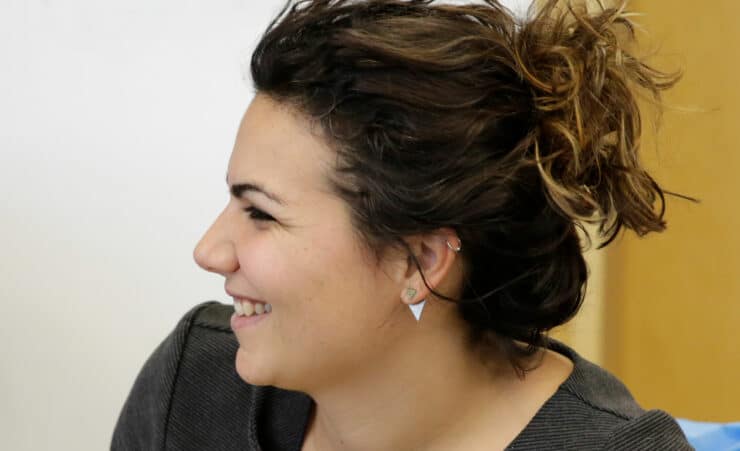
Closing well: Ending the work of a ‘spend-out’ trust
Sustainability has always been at the core of the Trust’s programmes, ensuring that the work we deliver with our partners will continue long after we close – as a lasting legacy in honour of The Queen. As such, our approach has focused on integrating our programmes into government policies and supporting work that will be able to continue into the future. We worked with established partners to deliver a number of programmes. Concluding these partnerships, efficiently and effectively, was one of our priorities as we approached closure.
We found it important to state, clearly and unequivocally, that we intended to spend all of our funds and close. We wanted to avoid any level of uncertainty of behalf of our partners. It was most helpful to talk through all the details of our closure plans with partners from an early stage. The more fully partners were able to understand the logistical and legal intricacies of closure the more they were able to prepare. Each step was discussed several months in advance to allow each partners’ financial and legal teams to feed into the process. Although we had a standard process, each relationship was unique and required a bespoke approach.
We chose to close all the Trust’s programmes six months before the Trust’s public closure. This provided us sufficient time to address any challenges and complete the grant closure process. Our experience has shown that we needed the full six months in order to complete closure responsibly. The Trust had a comparatively small portfolio of 28 grants, although several of these involved a significant number of organisations working in consortia in multiple countries.
We maintained frequent contact with all our grant partners throughout the grant period to track spending and ensure that all funds would be responsibly spent by the time the Trust had closed. In the months running up to the planned closure date we needed to be flexible to allow partners to reallocate small amounts of funding. This ensured that all funds could be spent effectively on programme priorities within the Trust’s lifetime.
Our lawyers helped us to put together grant closure letters that summarised various legal, reporting, communications and data issues into one document. We then shared a draft with each grant partner to allow time for their own legal teams to suggest and edits. This process helped both sides to understand their rights and responsibilities. It also highlighted any outstanding issues, such as ownership of intellectual property, which were still to be resolved.
The overall process of closing all of our grants was intended to be comprehensive but straightforward to implement. Final reports from partners would be reviewed at the Trust, followed by a meeting or call to discuss the overall impact and if any issues remained. Once all parties were satisfied that the programme had been completed a letter would be signed by both parties, whereupon the grants would be considered officially closed.
Operating as a spend-out organisation has provided us with a clear focus on what we wanted to achieve. This approach has guided our strategic and operational decisions throughout our lifetime. We have remained focused on our mission and we have been forced to make sometimes difficult decisions about how we can create the greatest impact with the time and resources available to us. Having sufficient time and resource dedicated to closing our programmes, and concluding our relationships with our partners, has enabled us to leave the stage confident in the legacy of work and hopeful for the future of the Commonwealth.


